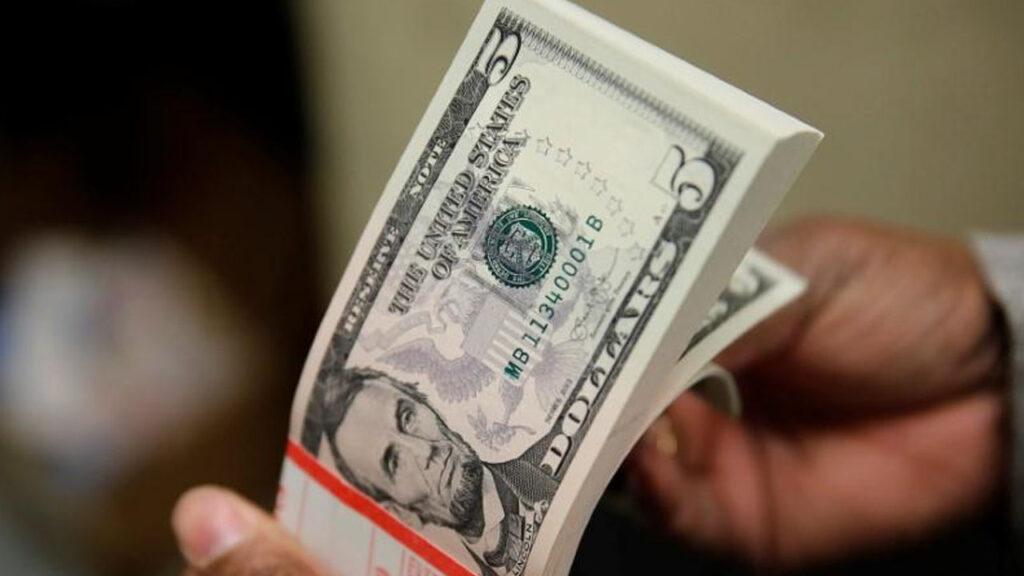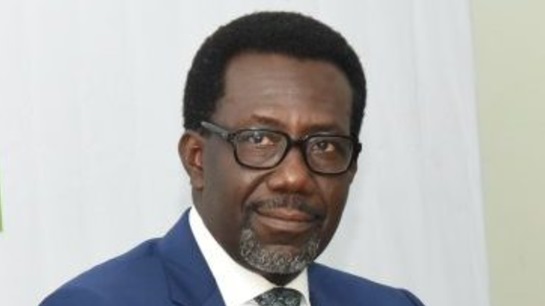 • Short-term lending to CBN spikes, hits N775 billion 40 days
• Short-term lending to CBN spikes, hits N775 billion 40 days
Data gleaned from official documents at the weekend, suggest there is an unusual uptick in the short-term credit flow from deposit money banks (DMBs) to their regulator since the beginning of the year.
The trend, which is a reversal of the historical chart, shows that many banks are awash with idle funds, much of which may have come from the recent increase in deposits since the beginning of the naira redesign policy.
According to the financial data sourced from the official statistics of the Central Bank of Nigeria (CBN), commercial banks have unpacked a total of N755.05 billion through the standard lending facility (SLF) from the beginning of the year up till Friday.
The figure is N226.7 billion or 43 per cent higher than the cumulative figures the apex bank lent to the banks in the same period.
Year-to-date (YTD), the banks borrowed N528.3 billion from the lending component of the window (standard lending facility).
Of the total standard discount facility valued at N1.28 trillion completed this year, SDF accounts for 58.8 per cent, a reversal of previous years’ statistics.
Last year, N14.4 trillion was recorded as transaction value, with a standard lending facility (SLF) taking 77.5 per cent or N11.15 trillion, freeing only 3.24 trillion for SDF.
The recent uptrend of SDF started early January but peaked on Friday when the total lending topped N112 billion or 14.8 per cent of the total SDF transacted in the 40 days.
On average this year, banks lent a total of 32.83 billion to the CBN daily while they received cumulatively, about N23 billion, a further analysis of the data set revealed.
For the first time in recent memory, banks’ net short-term lending to the CBN is positive (at N226.7 billion).
Subject to prevailing conditions and terms, banks lend to CBN at a monetary policy rate (MPR) less than 700 basis points (bps) but borrow at MPR plus 100 basis points.
While this uptick in SDF suggests a healthy and liquid banking sector, it also points to sliding credit penetration, with diverse possibilities in-between.
Except the economy is already saturated with funding, which is not the case in Nigeria, rising SDF could be a public vice.
Faced with rising political and economic uncertainty, it is expected that banks will begin to price in risks. Fuel scarcity, cash scarcity and general elections, experts have warned, would increase the country’s risk profile.
With the maximum lending rate hitting 29.13 per cent in December, the uptrend in SDF reveals the premium banks place on the safety of their funds. The banks had grappled with the non-performing loan (NPL) crisis before the recent stability.
For the first time in over 10 years, the ratio dropped below the five per cent threshold in 2021. But by the end of last year’s first quarter, it overshot the benchmark by 0.3 percentage points.
The Guardian could not confirm whether the growing SDF is coming only from rising liquidity or whether credit-shy banks are also shaving off the credit. Credit data for the past two months are not available; hence it is difficult to assess the volume of fresh loans the banks are creating.
However, the speed of net domestic credit remains modest as at the end of last year. In December, for instance, the figure increased by 3.5 per cent month-on-month to N66.46 trillion – the highest ever recorded. Last year, the figure added 18 trillion or 37 per cent.
For safety, the banks may be sacrificing the interest incomes. Perhaps, the banks could cover their lost revenue from other sources such as transaction charges. According to Moody’s, Nigerian banks are least dependent on interest income among African largest banking industries, which include South Africa, Egypt, Kenya and Morocco.
In 2021, Nigerian banks’ net interest income as a ratio of total revenue source was 59 per cent, while that of Egyptian banks was 80 per cent. Moroccan and Kenyan banks’ net interest to total revenue ratio was 70 per cent just as South African banks averaged 62 per cent.
Experts have argued that most banks shy away from the hard work of credit creation owing to cheap incomes that come from government instruments and transaction charges. In 2021 alone, nine banks made N554.23 billion from fees and commissions alone.
Deposits were upbeat from November to January as millions of Nigerians turned their assets held in old banknotes to banks for deposits. This would have increased banks’ liquidity. The CBN revealed that N2.1 trillion had been mopped up since the beginning of the exercise. Before the policy kicked off, only N500 billion was said to be in the banking system.
The CBN Governor, Godwin Emefiele, said the economy needed the hoarded cash to increase its productive capacity. But its data may have suggested that much of the liquidity from the mop-up is not going to the economy in the form of credit.
SDF and SLF are twin-prudential tools the banks leverage to regulate short-term liquidity positions. When banks face liquidity pressure, perhaps, as a result of an increase in credit demand, they access SLF to meet their needs.
But when they are swimming in liquidity, they resort to SDF to unpack the excess. Successive CBN governors have incentivised banks to use SLF to fund the country’s economy out of the doldrums.












